Search
02039 A NEW APPROACH TO THE EVALUATION OF PITTING CORROSION OF SUPERMARTENSITIC WELDMENTS
Also Purchased
02038 COMMON PITFALLS DURING SSC AND PITTING TESTING OF SUPERMARTENSITIC STAINLESS STEELS FOR USE IN PIPELINES
Product Number:
51300-02038-SG
ISBN:
02038 2002 CP
Publication Date:
2002
$20.00
02037 A NEW HIGH PERFORMANCE HIGHLY ALLOYED STAINLESS STEEL FOR SOUR SERVICE
Product Number:
51300-02037-SG
ISBN:
02037 2002 CP
$20.00
00129 CORROSION TESTING OF SUPERMARTENSITIC WELDMENTS WITH MATCHING CONSUMABLES
Product Number:
51300-00129-SG
ISBN:
00129 2000 CP
$20.00




